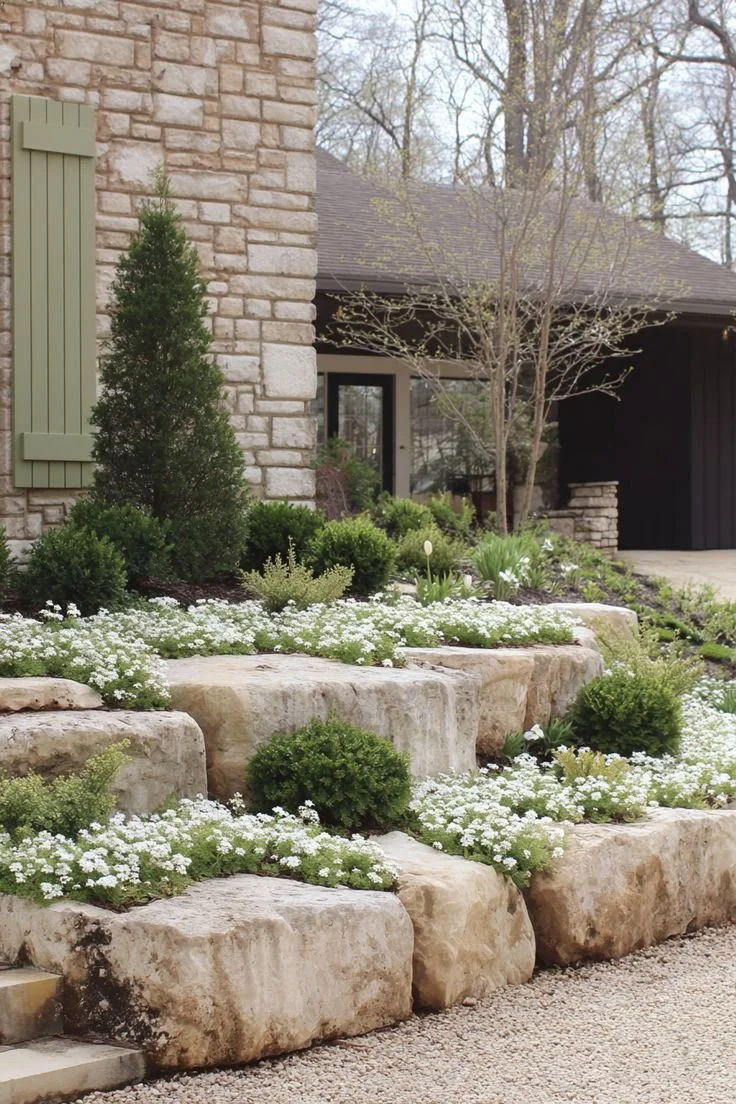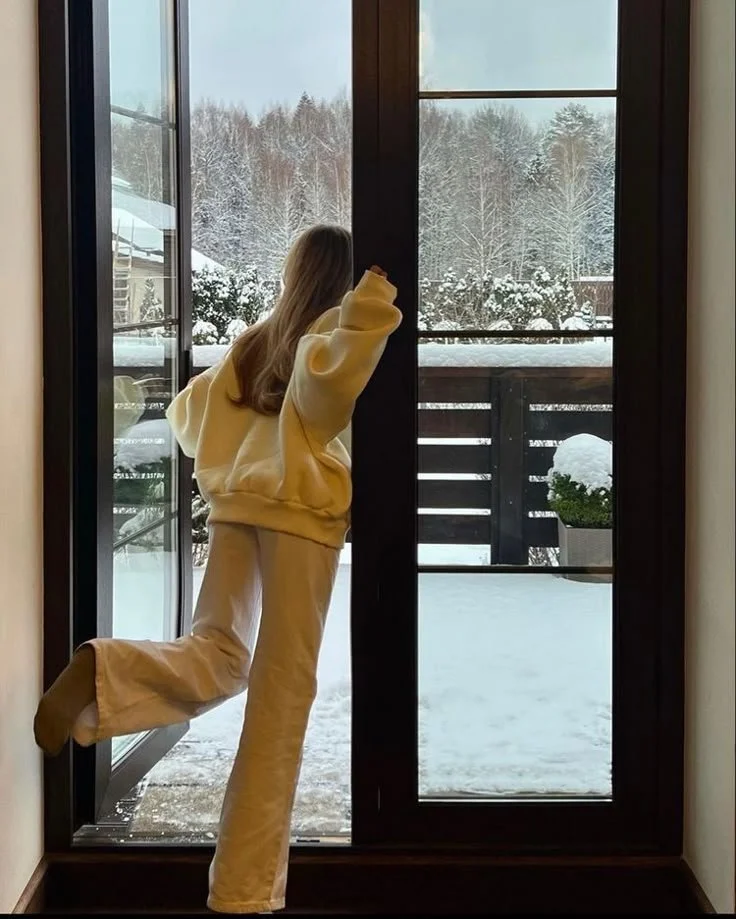What Happens To A Home When Seasons Change Too Fast
Sudden shifts in weather patterns are becoming increasingly common, and while they may seem like minor inconveniences, they can have a significant impact on your home. From structural stress to increased energy demands, these rapid seasonal transitions challenge the very systems designed to keep your living space safe and comfortable.
Understanding how fast-changing seasons affect your home is the first step toward protecting it. In this article, we’ll explore the consequences of abrupt weather changes, offer practical solutions, and share real-life experiences that highlight the importance of preparation. Whether you're dealing with unexpected cold snaps or heatwaves, a proactive approach can help you maintain stability and avoid costly repairs.
No. 1
What Happens to a Home When Seasons Change Too Fast
Houses are built to accommodate gradual seasonal rhythms. However, when weather shifts occur too quickly, that balance is disrupted. Roofs and walls may expand or contract erratically, leading to cracks, leaks, and other structural issues. Heating and cooling systems also endure added strain when temperatures swing from cold to hot within just a few days.
For homeowners, this often translates into unexpected expenses and the challenge of keeping the home both safe and comfortable.
Sudden seasonal changes also affect indoor living conditions. Moisture levels can rise or fall abruptly, causing condensation, mold risks, or excessively dry air. Outdoors, lawns and landscaping, as well as building materials like wood and paint, may deteriorate under the pressure.
Understanding these effects is the first step toward safeguarding your home. With the right knowledge, homeowners can make small but impactful adjustments to maintain consistency—even when the weather is anything but predictable.
No. 2
Structural Strain on Homes
When seasons shift rapidly, homes often suffer from subtle, cumulative damage. Sudden transitions from warm to cold cause materials like wood and concrete to expand and contract more quickly than usual. This constant movement places stress on walls, ceilings, and even foundations, often resulting in small cracks that can escalate if left unchecked.
Homeowners should look for early warning signs. Simple inspections—like walking around the property to spot changes or applying protective solutions such as insulation and sealants—can prevent long-term damage.
In many cases, homeowners also use car storages or enclosed spaces to shield vehicles and tools from the same environmental stress affecting their homes.
Myth vs. Reality:
Many believe seasonal damage only occurs during extreme storms or natural disasters. In truth, it often develops gradually from everyday fluctuations in temperature and humidity that strain building materials.
Roofs are particularly vulnerable. Shingles may lift or warp under pressure, while windows and doors can become misaligned as frames swell or shrink, allowing drafts and increasing energy bills. Regular maintenance and proactive care can help avoid these costly issues.
No. 3
Heating and Cooling Demands
One of the most immediate effects of rapid seasonal changes is the increased demand placed on heating and cooling systems. A cold front following a warm spell might require both the furnace and the air conditioner to run within the same week. This constant back-and-forth not only spikes utility bills but also accelerates wear and tear on HVAC equipment.
The solution lies in creating balance through:
Regular maintenance of heating and cooling systems
Energy-efficient upgrades such as programmable thermostats and improved insulation
Lifestyle adjustments, like dressing in layers or using fans before turning on the AC
These small changes reduce the strain on systems, extend their lifespan, and help maintain a steady indoor climate.
In the long run, the goal is not just to save money—but to ensure comfort and reliability, regardless of how unpredictable the weather becomes.
Terrain
Embrace the season with Terrain: Discover cozy décor, warm hues, and autumn entertaining essentials.
No. 4
FAQ on Seasonal Home Changes
When seasons shift too quickly, homeowners often have questions about how to protect their homes. Here are some of the most common concerns:
What problems can fast seasonal changes cause for my home?
Rapid weather shifts can lead to cracks in walls and foundations, roof leaks, and swelling or shrinking of wooden frames. These issues may seem minor at first but can result in energy loss and expensive repairs if left unaddressed.
How can I keep my energy bills down during sudden temperature swings?
Preparation is key. Seal gaps, add insulation, and service HVAC systems before the seasons change. Wearing layered clothing or using fans can delay the need for heating or cooling, helping to reduce energy consumption.
Is it necessary to check the roof and windows every season?
Yes. Quick inspections after major weather changes help identify potential problems early. Check for loose shingles, damaged seals, and warped window frames to ensure your home remains weatherproof.
By planning ahead and addressing seasonal stress proactively, you can maintain a more stable and energy-efficient home.
No. 5
Quick Tips for Seasonal Stability
Changing seasons don’t have to bring constant worry. With a few simple strategies, you can protect your home and keep your daily life running smoothly:
Inspect your roof for damage before and after seasonal transitions
Seal doors and windows to block drafts and conserve energy
Schedule seasonal HVAC maintenance for optimal performance
Store outdoor items properly to prevent weather-related wear
Use dehumidifiers or fans to maintain indoor air quality
Common Mistakes to Avoid:
Waiting until problems are visible before performing maintenance
Ignoring small leaks or cracks
Overworking heating and cooling systems without checking efficiency
Being proactive with these habits ensures comfort and stability, no matter how quickly the seasons turn.
No. 6
Learning from Real Experiences
A family in the Midwest shared how abrupt seasonal changes affected their home in unexpected ways. One spring, after a sudden temperature spike following a cold spell, their basement began to show signs of dampness and minor flooding.
Initially, they tried to manage the issue with fans and quick cleanups, but the problem persisted. Eventually, they consulted a local contractor who explained that rapid climate changes often place stress on foundations and gutter systems, leading to hidden leaks.
By investing in proper insulation, sealing cracks, and installing an effective drainage system, the family not only resolved the immediate issue but also noticed a reduction in energy costs the following winter.
Their experience highlights how small, timely repairs can prevent major expenses. Home care professionals often recommend seasonal inspections to catch problems early. Focusing on insulation, air circulation, and exterior protection ensures peace of mind and long-term durability.
Pros vs. Cons:
Pros: Comfort, lower energy costs, fewer emergency repairs
Cons: Ignoring seasonal maintenance leads to stress, higher bills, and unexpected breakdowns
TAkeaways
Fast-changing weather patterns are no longer rare—they’re becoming the norm. Every homeowner should consider how these shifts impact their living space. By focusing on regular maintenance, energy efficiency, and preventive care, you can protect your property throughout the year.
Simple actions like checking insulation, using car storage, and sealing leaks can make a significant difference. Now is the time to act—before the next sudden seasonal change catches you off guard.
Evaluate your home today, make the necessary improvements, and you’ll be well-prepared for whatever nature brings tomorrow. Remember, true stability starts with preparation.
Looking for Home resources?
Looking to enhance your living space and create a sanctuary that supports your well-being? Explore our home partners who offer a wide range of resources to elevate your home environment.































